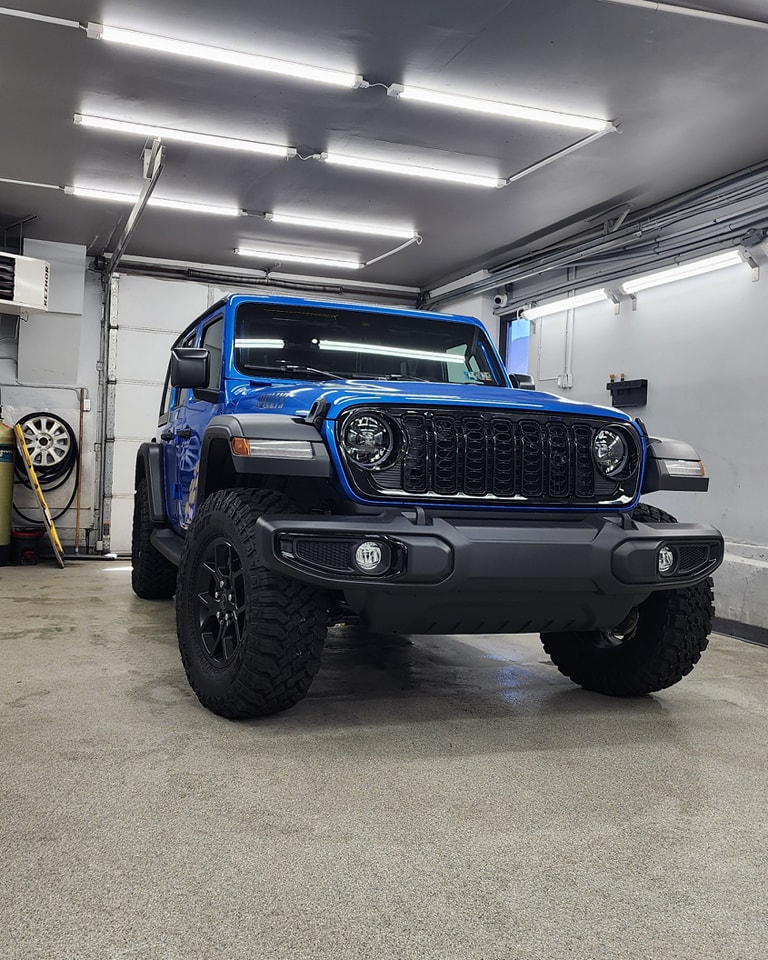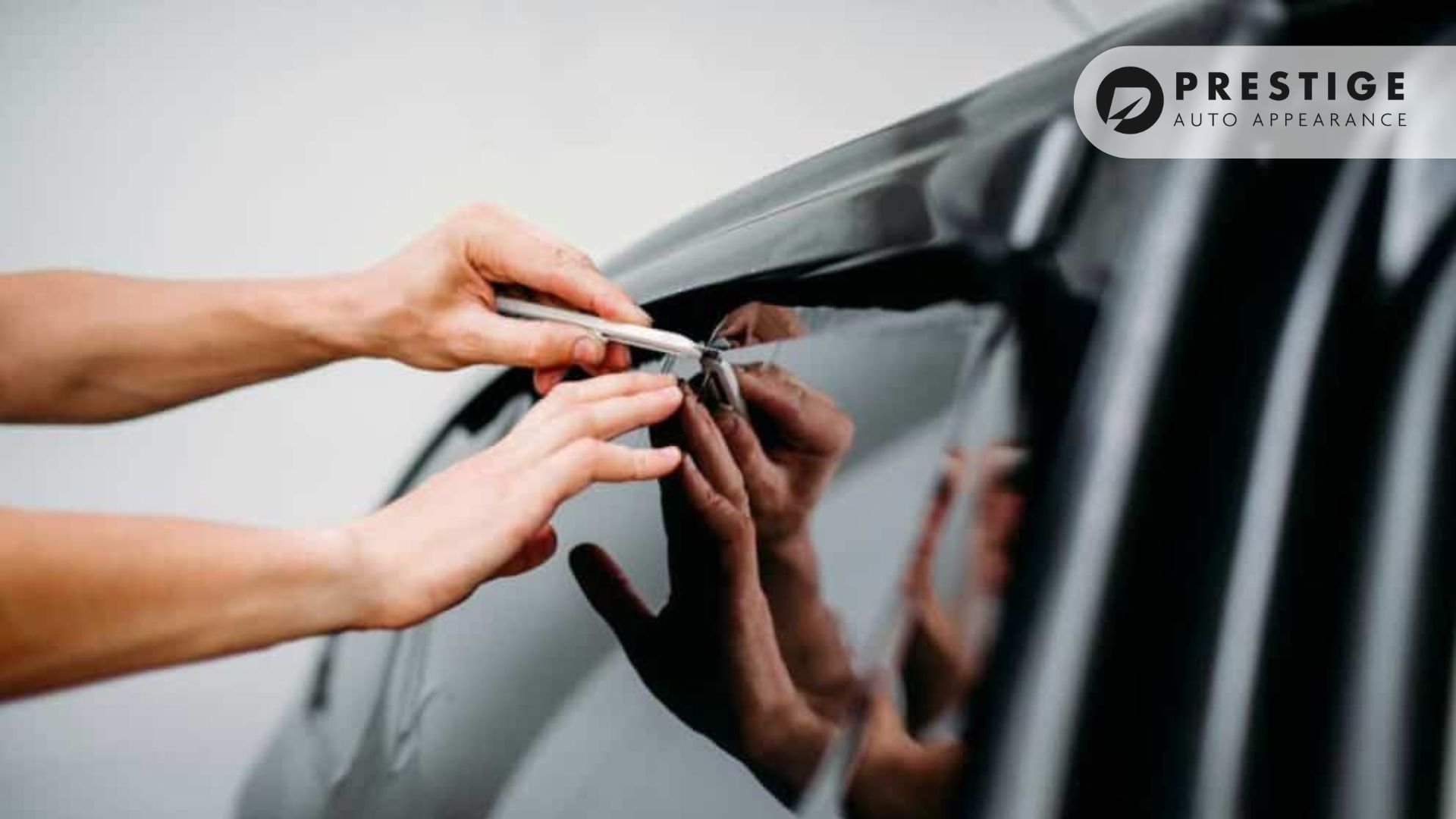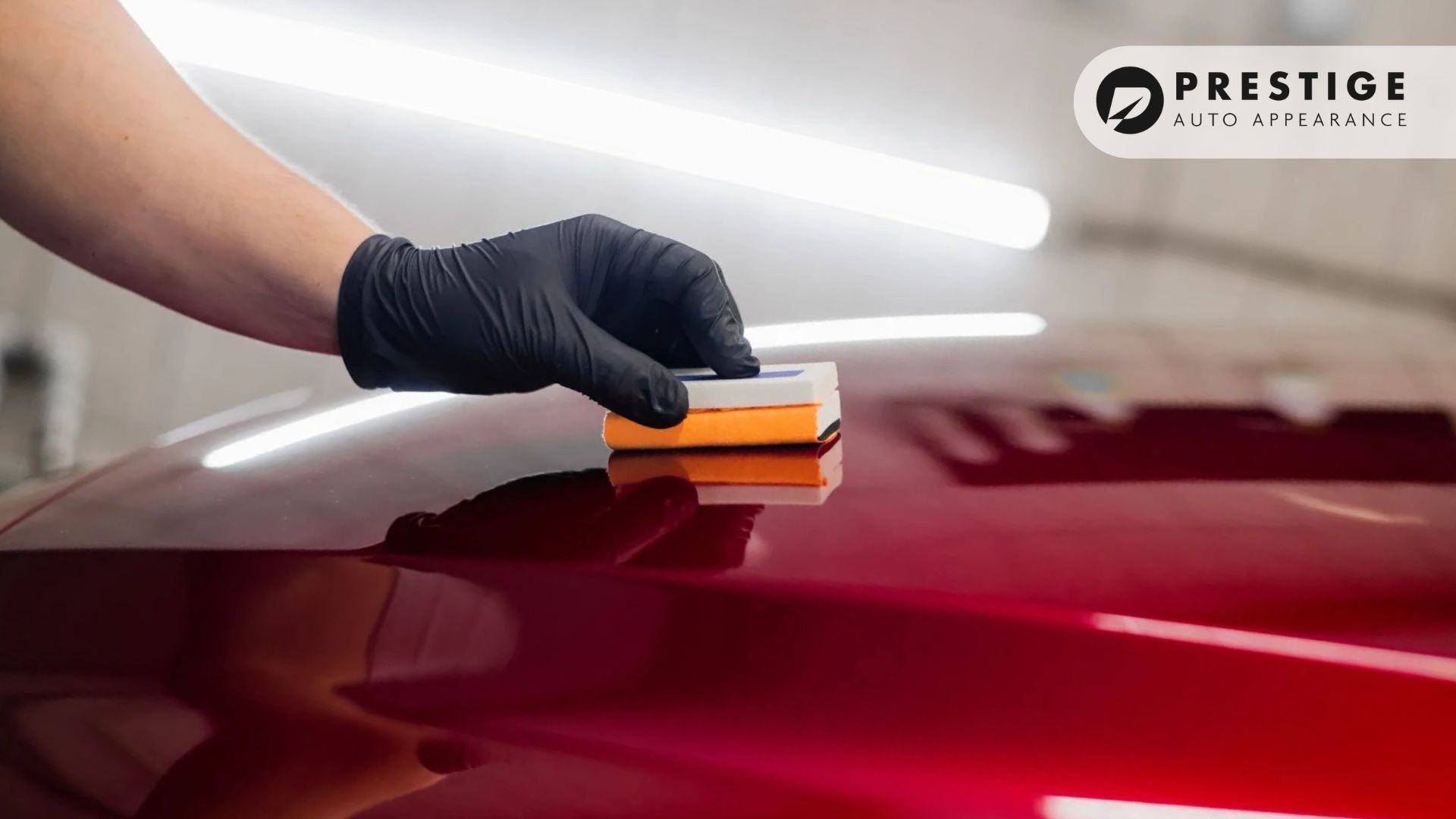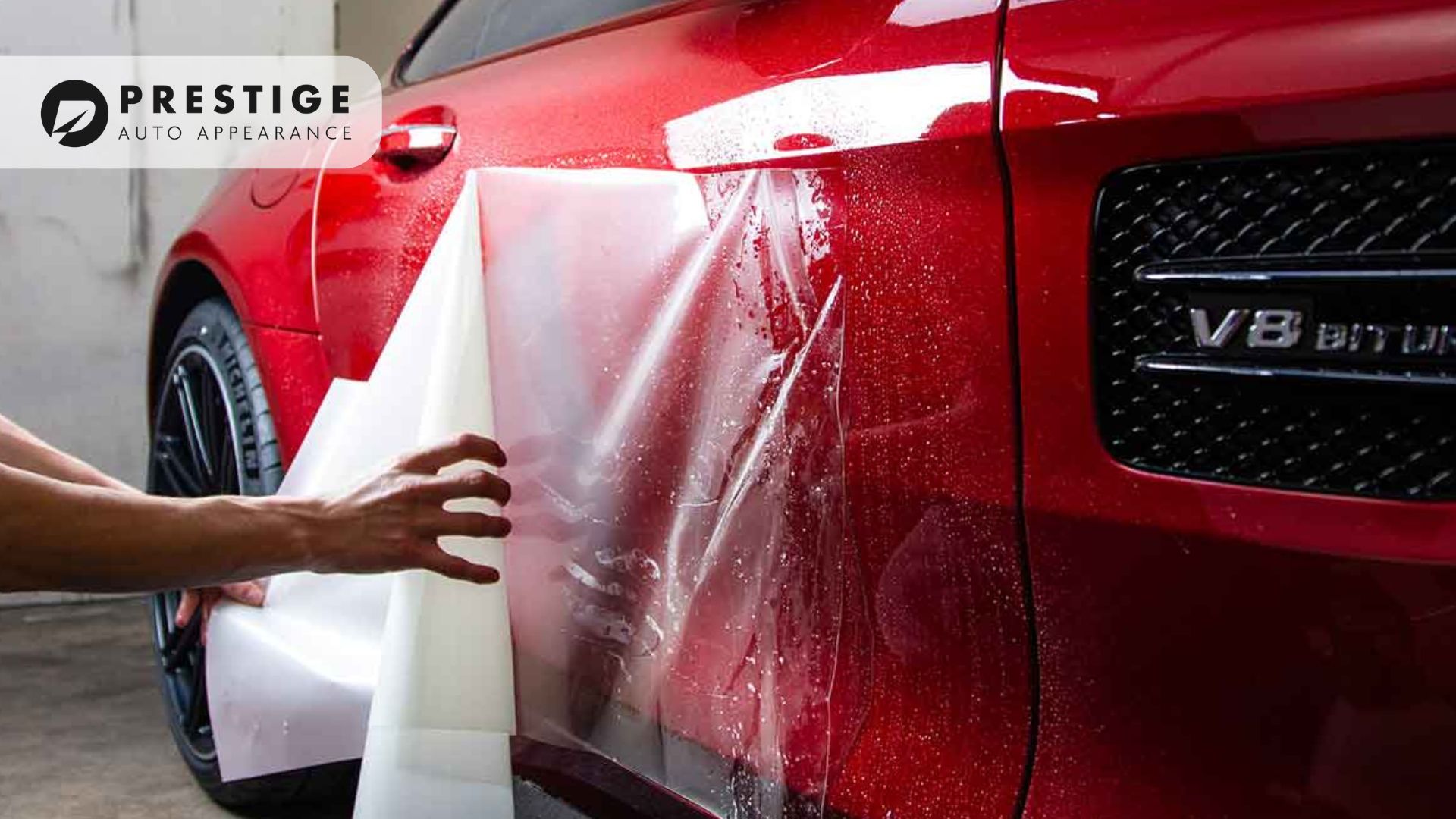
Paint Protection Film (PPF) is essential for maintaining the look and value of your car. It shields the paint from scratches, UV rays, and other damage. But not all PPFs are the same. Choosing a poor-quality paint protection film can lead to more damage than protection. So, how do you spot a low-quality PPF? In this blog, we will generally explore that what are the low-quality PPF signs and will help you choose a durable option for your car.
#1 Low-Quality PPF Signs
A good PPF should be clear, strong, and long-lasting. But low-quality PPF signs can be easy to spot once you know what to look for like:
- Yellowing: One of the first signs of a poor-quality paint protection film is yellowing. This is due to the fact that over time, cheap films turn yellow due to exposure to sunlight and pollutants. This discoloration not only looks bad but also reduces the protective ability of the film.
- Bubbling: When PPF is applied poorly or is of low quality then bubbles may appear. These bubbles trap air and moisture. Thus, leading to peeling and a patchy appearance.
- Peeling: Cheap PPF tends to peel away from the surface of the car. This is especially evident around edges or corners. So, once the peeling starts then it will typically leave the exposed areas vulnerable to scratches.
- Hard to Clean: Some low-quality PPF signs include films that make cleaning harder. If dirt, grime, or water spots are difficult to remove then it might be due to poor film quality.
#2 Quality Checks for PPF
How can you ensure that you are getting a good PPF? Here are a few quality checks for PPF that will help you make a smart choice:
- Clarity: A quality PPF will be nearly invisible when applied. This basically means that it shouldn’t change the appearance of the paint on your car. If the film appears cloudy or has a noticeable texture then it could be of low quality.
- Thickness: The thickness of the film plays a major role in how well it protects your car. Thicker films usually offer better protection from scratches and other damage. So, you always need to ask about the thickness of the film and then compare it to industry standards.
- Self-Healing Ability: One of the best features of modern and high-quality PPF is its self-healing property. This means minor scratches disappear over time. A quick way to check for this is to lightly scratch a sample piece and see if it heals after applying heat (even the warmth of your hand should help).
- Warranty: A strong warranty is a good sign of quality. If a company offers a long-term warranty then they are likely confident in their product. Most cheap films either come with no warranty or only a short one.
#3 Cheap vs. High-Quality PPF
One of the most common mistakes people make is choosing cheap vs. high-quality PPF. The lower price might seem appealing at first. But, cheap films cost you more in the long run. Here is why:
- Frequent Replacements: Low-cost PPF doesn’t last long. You’ll likely have to replace it within a few years, which adds to the overall cost.
- Less Protection: Cheap films offer minimal protection. They can peel, bubble, or yellow quickly, leaving your car exposed to damage.
- Aesthetic Issues: As mentioned earlier, poor-quality films can ruin the look of your car by yellowing, bubbling, or peeling. High-quality films, on the other hand, blend seamlessly and keep your car looking pristine.
#4 PPF Durability
PPF durability is yet another key factor when choosing the right film. High-quality PPF lasts much longer—up to 10 years or more. This durability factor usually depends on the brand and care. Generally, good films are designed to resist UV rays. Thus, preventing the film from breaking down or discoloring. Moreover, a durable PPF can easily resist scratches from everyday wear and tear such as car washes and debris. So, cheap films will ultimately lack these qualities. This means that you will need to replace them more frequently. Hence, costing you more over time.
Conclusion
Cutting costs is not the best idea when it comes to protecting the paint of your car. Choosing cheap vs. high-quality PPF could lead to more frequent replacements, less protection, and a poor appearance. Poor-quality paint protection film may seem appealing due to its price but it can do more harm than good.
At Prestige Auto Appearance, we offer top-quality PPF installations to basically ensure that your car gets the best protection. Don’t go with cheap PPF just for costing in budget. Trust Prestige Auto Appearance for quality PPF in Allentown and in nearby areas. Contact us today to schedule an appointment and protect your car the right way!






